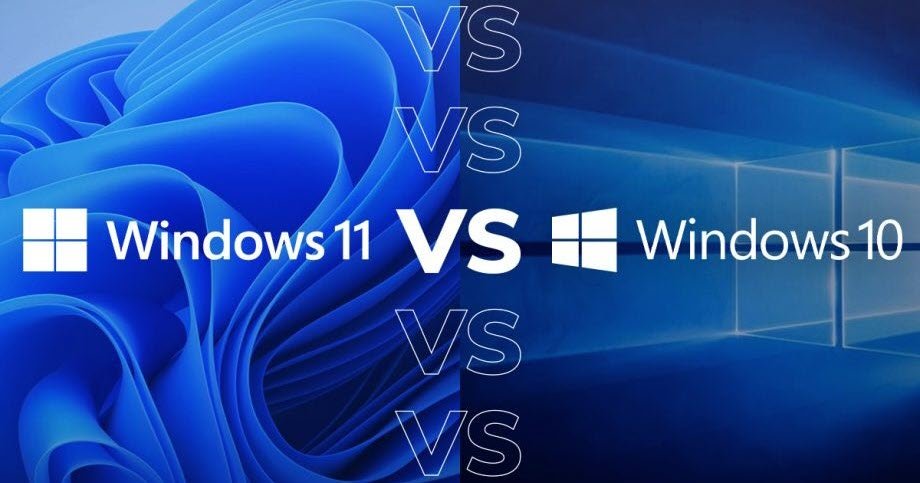The news Windows 11 της Microsoft έχουν πολλές δυνατότητες για την ασφάλεια, όπως τα Trusted Platform Module (TPM 2.0), Virtualization -based Security (VBS) και πολλά άλλα. Αν και υπήρχαν σαν προτάσεις στα Windows 10, δεν εφαρμόστηκαν ποτέ σε αντίθεση με τα Windows 11.

To demonstrate how important the new features are, the company has unveiled a video starring Weston, which shows how potential hackers could gain access to such vulnerable machines that do not have these features.
The video below shows how hackers can gain control of a vulnerability deviceς από απόσταση ή τοπικά για να μολύνουν το σύστημα με κακόβουλο φορτίο όπως ransomware ή να κλέψουν δεδομένα ελέγχου ID cardof the user.
The first part of the video shows the successful exploitation of an open vulnerability doorremote computer (RDP) to gain administrator access and distribute ransomware to a Windows 10 system that did not have TPM 2.0 and Secure Boot enabled.
After that, Weston exhibits a vulnerability that is exploited locally through the fingerprint authentication process on a computer without VBS. PCILeech was used to access the memory of the vulnerable system and modify the biometric authentication code.
Watch the video





